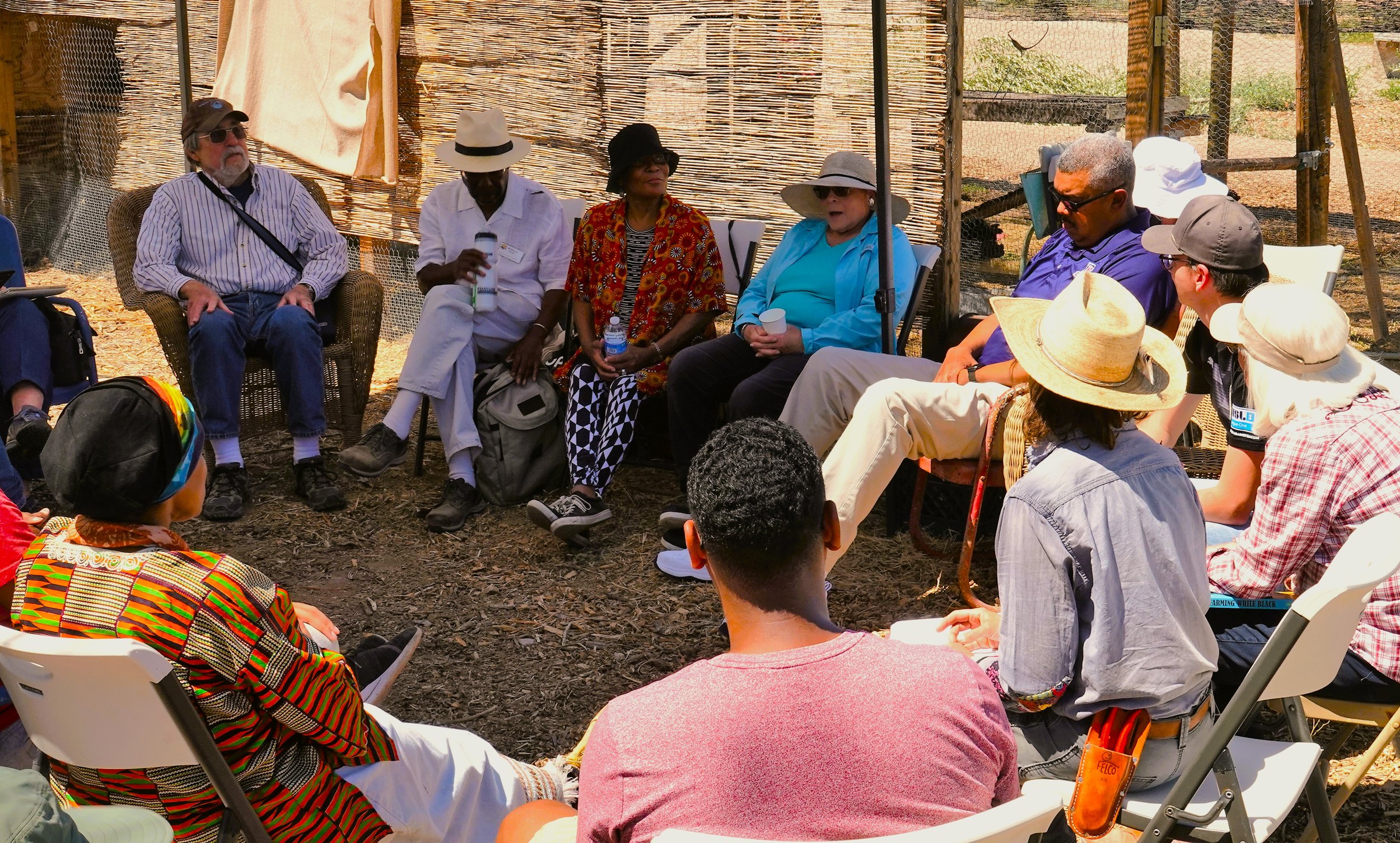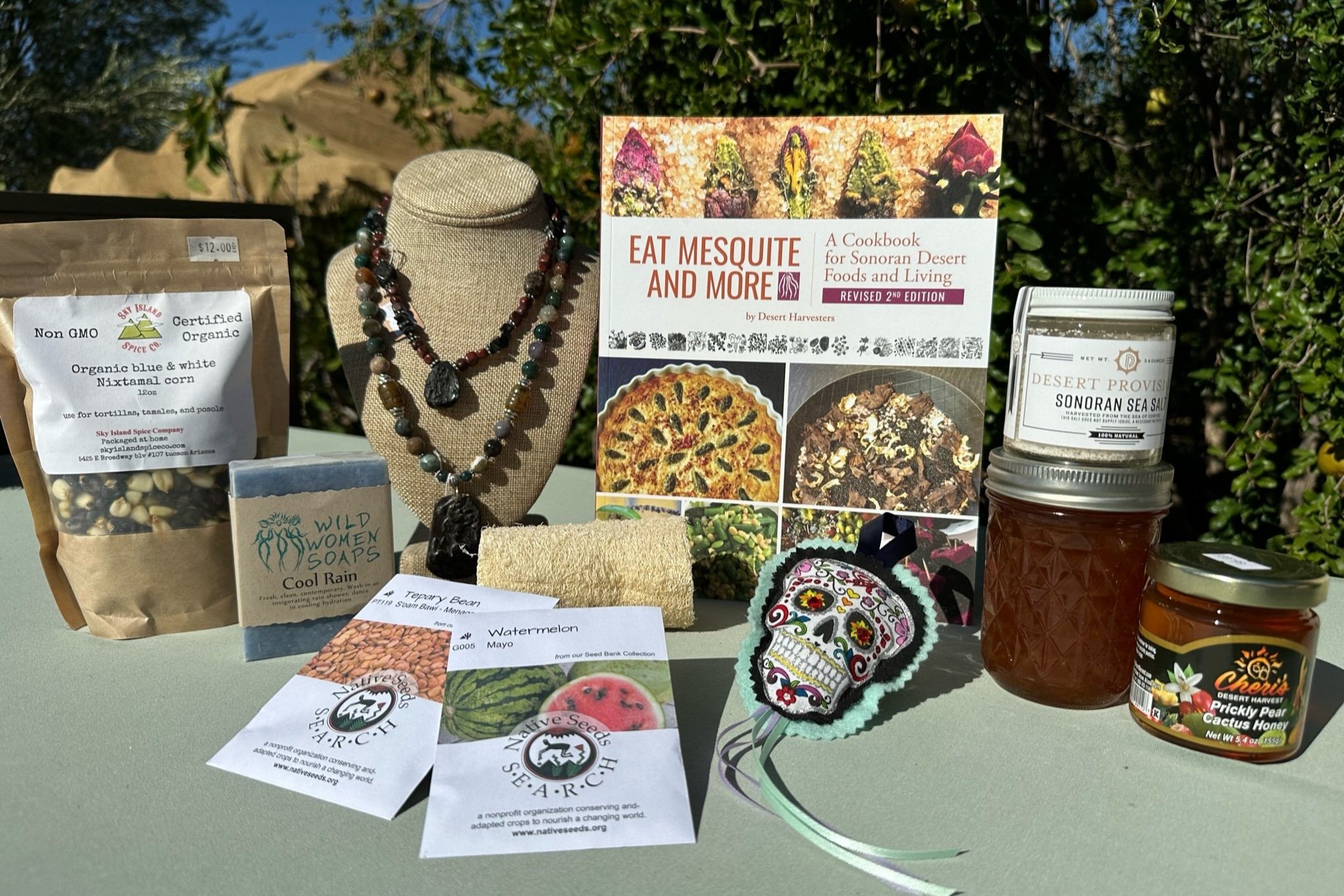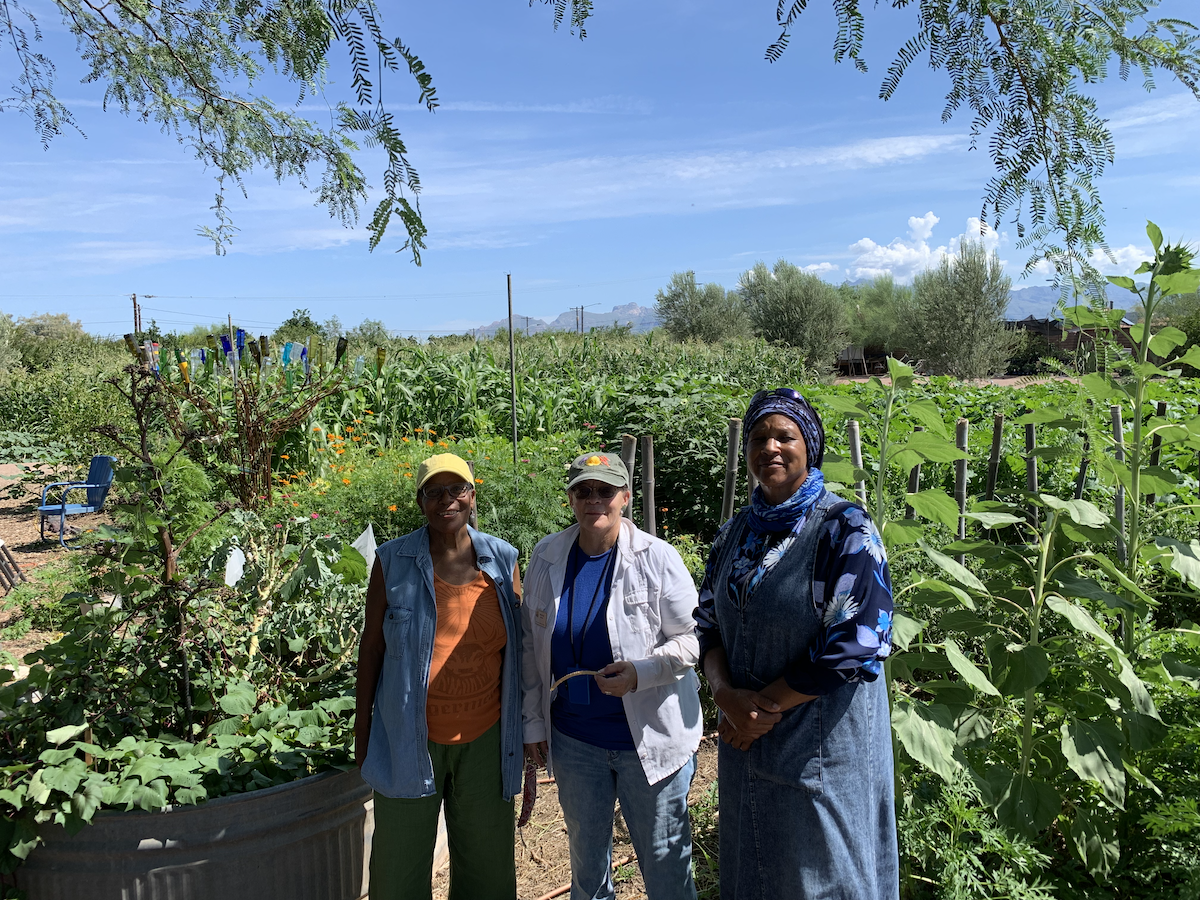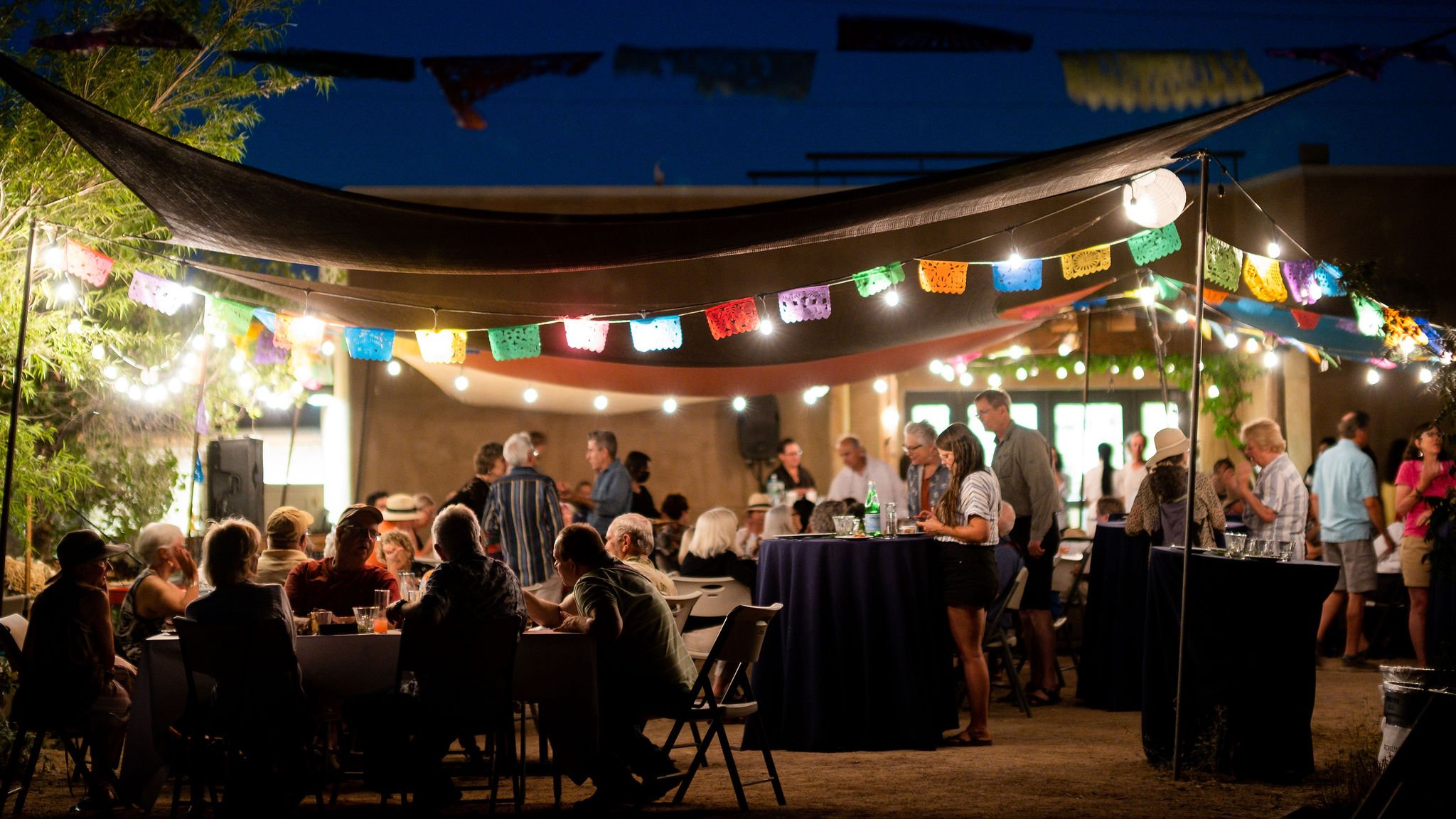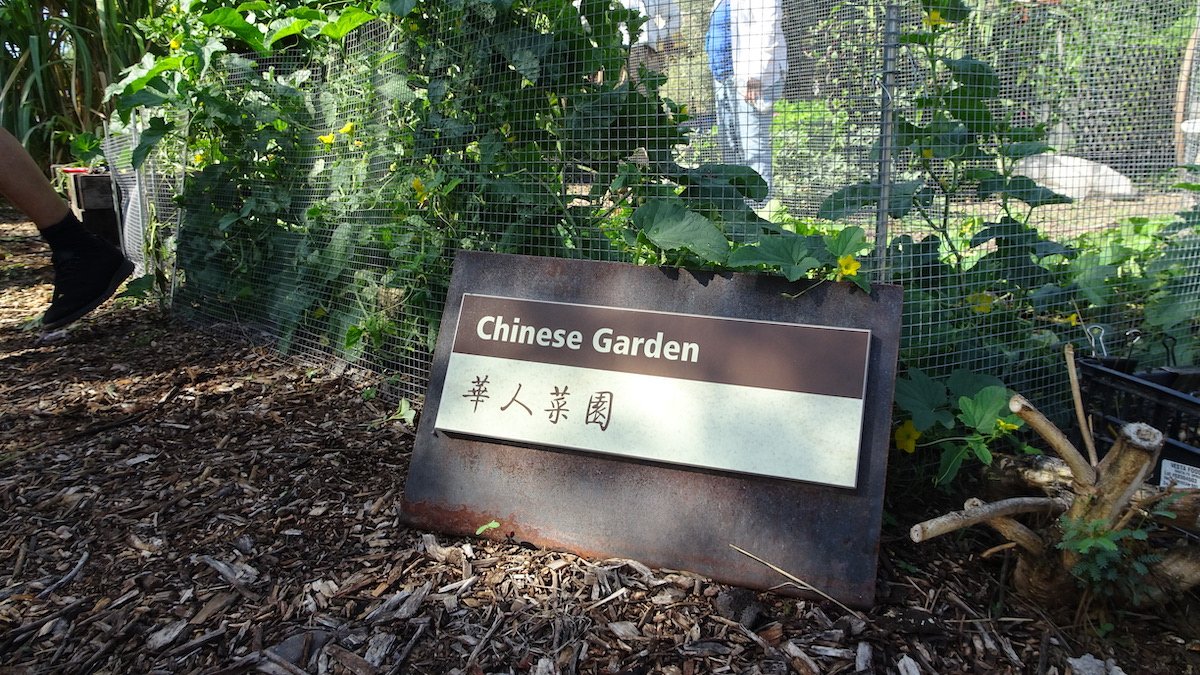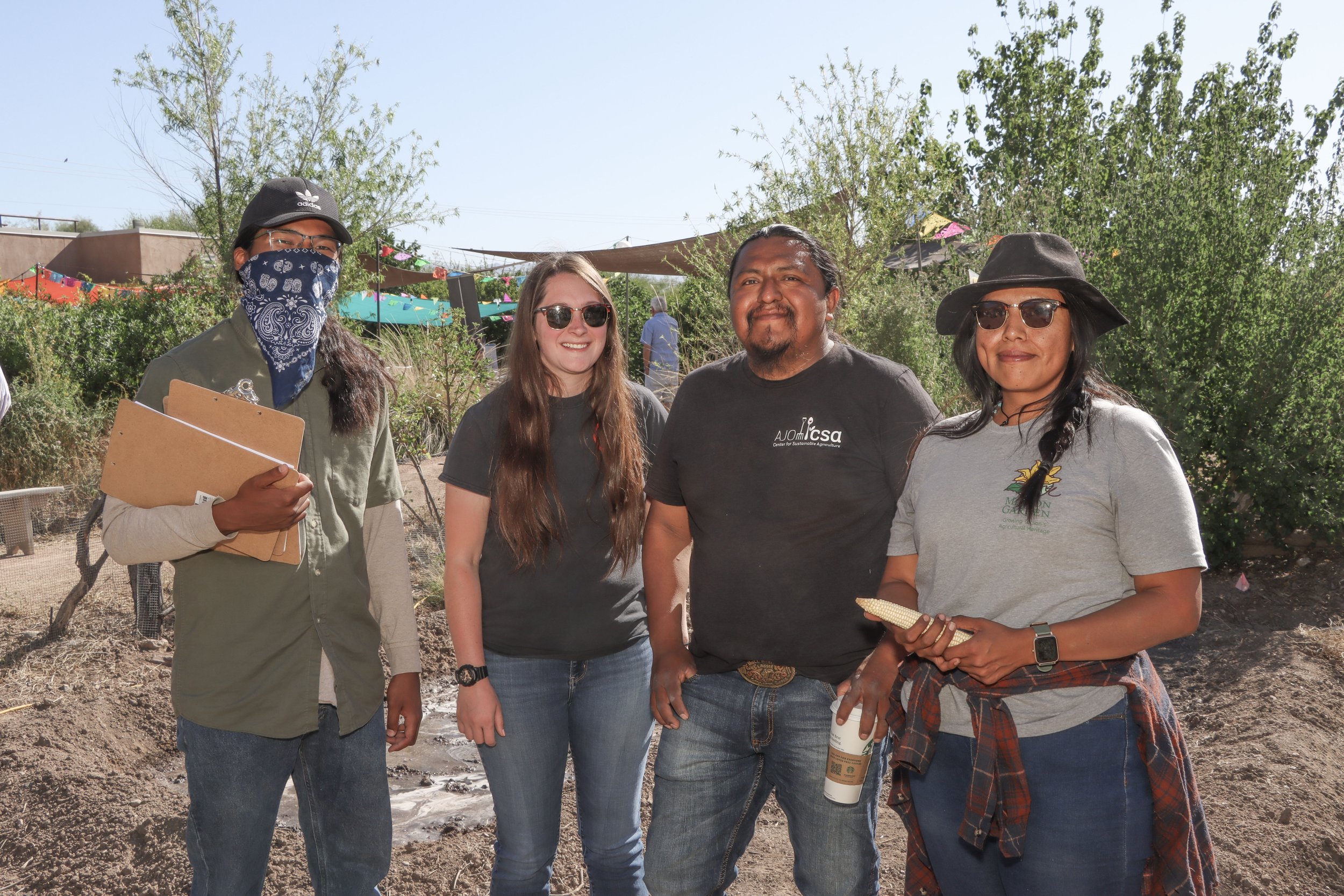Education + Resources
Events & Classes
Mission Garden hosts classes and workshops every week of the year to deepen your understanding of edible and medicinal plants and engage with the local community.
Explore Our Gardens
An interactive map includes illustrated interpretations of the timeline gardens, special features and descriptions of the heritage plants.
Field Trips
Mission Garden’s outdoor, hands-on educational setting encourages interactive exchange of traditional knowledge. The basis of our educational template is to exchange and promote agricultural techniques gathered from diverse community elders and historical documents that combine traditional knowledge with modern science.
Pre-recorded Workshops
Purchase a pre-recorded class taught by instructors with a passion and penchant for gardening and ethnobotany and learn at your own pace.
Teach a Class
Have special knowledge you’d like to share with the community? Fill out a request form to submit your idea for teaching a class or workshop.
Planting Instructions for Heritage Fruit Trees
The Basic Who, What, Where, When, Why and How of Planting and Caring for a Heritage Fruit Tree in the Sonoran Desert
The Garden Shop
Part Exhibit Room with historic photos, artifacts, and informational displays and part shop - featuring a wide selection of local and regional items.
Site History
View a timeline of the spot that Mission Garden is situated on throughout time.
School Liaison Program
A new program in progress now, that partners with educators and community members to create engaging lesson plans and curriculum content that can be shared with other educators and lifelong learners.
-More info coming soon-
Mission Garden Blog





